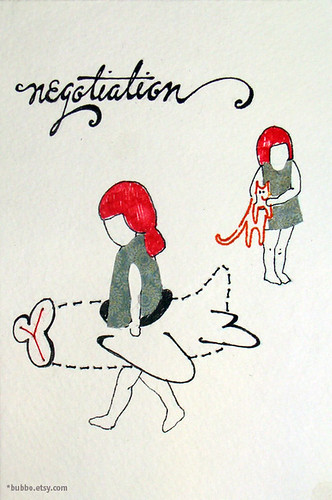Join us to learn to follow a structured ideation process. The workshop provides a clear understanding of Edward de Bono's six hats and provocation techniques. It also provides an overview of other innovation tools.
 |
| Visualizing ideation techniques (courtesy of SmartStorming) |
Details:
- Where: 1016 McDonnell Douglas Hall
Saint Louis University
3450 Lindell Boulevard
Saint Louis, Missouri 63103
- When: Wednesday, May 4th, 2011 - 6:00pm – 8:30pm
- Cost: For our first workshop, CEL is offering this event FREE!
Register here!
Edward de Bono is regarded by many to be the leading authority in the world in the field of creative thinking and the direct teaching of thinking as a skill. He has written 62 books with translations into 37 languages and has been invited to lecture in 54 countries. He is the originator of lateral thinking which treats creativity as the behavior of information in a self-organizing information system - such as the neural networks in the brain. From such a consideration arise the deliberate and formal tools of lateral thinking, parallel thinking, etc.
Learn about approaches to innovation as developed by Edward de Bono:
The De Bono Society
Mission StatementTo harness the synergies of creative thinkers and to offer them a forum to contribute to, comment on and chat online with like-minded people.
Changing thinking from the 'what is' to the what can be.
Workshop location:
View Larger Map










